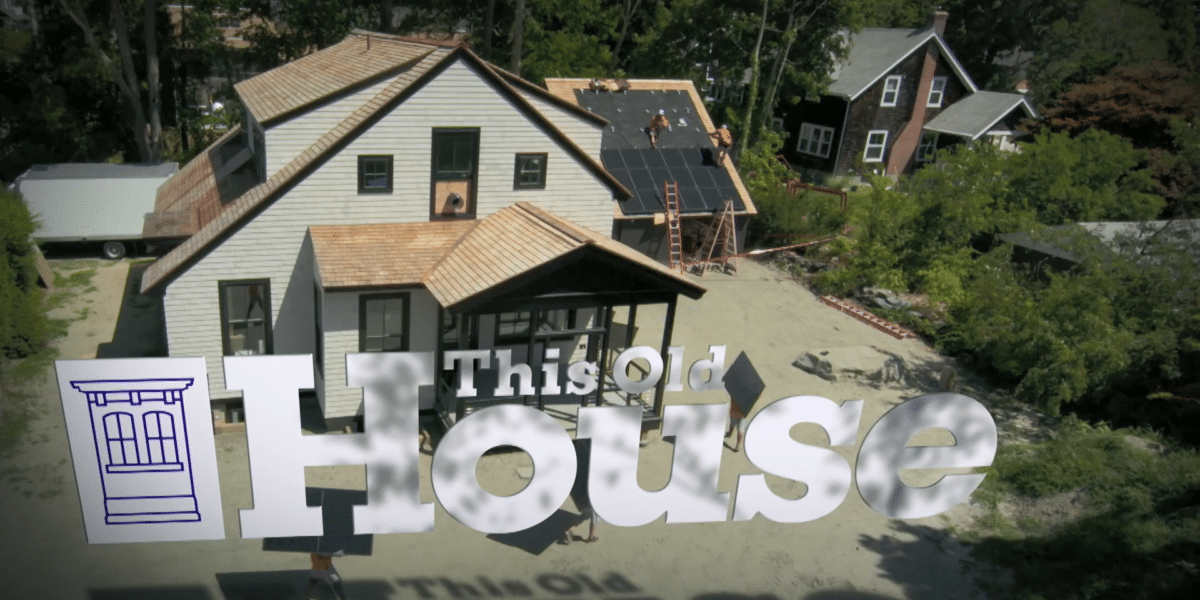A “zero energy” home, as per the definition from the U.S. Department of Energy, is a home that generates as much electricity onsite as it uses all year long, accounting for transmissions and efficiency losses all along the pathway.
Rocky Mountain Institute (RMI) has analyzed the costs of making a home zero energy (ZE) or zero energy ready (ZER), projected the energy savings and referenced these values against what home-buying Americans have stated they would stomach. The research, The Economics of Zero Energy Homes, shows that the price increases needed for zero energy homes are within the acceptable ranges or right at the edges, with decreasing prices getting us there soon. It also suggests that policy makers driving home energy standards ought consider this research while pushing standards forward.
The document shows that the cost increase to build a ZE or ZER home is modest, 6-8%, which they say is far less than consumers, builders, and policymakers realize.

It is noted within the report that broader society is ready to pay roughly 4% up front for the costs of these systems and that zero energy home (versus zero energy ready) costs tend to be greater than that value just yet. However this changes with incentives like the 30% tax credit, and looking beyond the 12-year time frame that most homeowners believe they’ll be in a home it means it is time now for policy makers to move.
When considering a 30-year mortgage, these homes are cash flow positive from day one without incentives.

Along with this is a great example of a home generating all of its electricity onsite being built by Vivint Solar and shown off on home improvement show This Old House, as part of broader upgrades needed to bring a 1920s era homes into 2018. The Jamestown Net Zero Bungalow took about 5.5 kW of solar power – 168 modules, and a battery downstairs. The solar was installed on garage that was aligned, and designed specifically for solar, as the home itself had too complex a roof structure to accommodate enough panels. In addition to the solar, the home features a heat-recovery HVAC system, layers of insulation, Energy Star appliances, triple-glazed argon-filled windows and LED lighting.
Other groups, like Deltec Homes Renew Collection come Zero Energy Ready pitching the last 33% of the electricity come from smartly placed solar.
Looking at zero energy homes, and considering the California mandate, and the increasing intelligence of home energy storage systems, one must assume that at some point it will be considered outdated to have a home that doesn’t have the ability to meet its own energy needs.
This content is protected by copyright and may not be reused. If you want to cooperate with us and would like to reuse some of our content, please contact: editors@pv-magazine.com.









We’re building 100+ Zero Energy homes out here in California. Learn more here: http://www.deyoungproperties.com/zero-energy and http://www.deyoungproperties.com/ridgeview